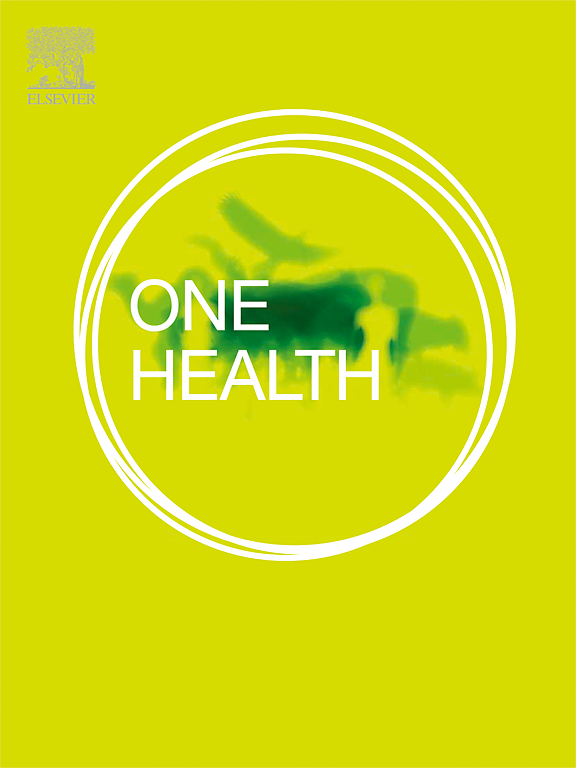Systematic review on evaluation tools applicable to One Health surveillance systems: A call for adapted methodology
IF 4.1
2区 医学
Q1 INFECTIOUS DISEASES
引用次数: 0
Abstract
Developing and implementing effective surveillance programs for infectious diseases (ID) and antimicrobial resistance (AMR) requires the integration of information across relevant disciplines and sectors. Yet, establishing and sustaining collaboration at each step of the surveillance process, and modalities to translate integrated surveillance results into actions, are not well understood. This systematic review was designed to map and explore peer-reviewed tools that were either designed or used for evaluation of integrated surveillance systems for ID or AMR, and to identify the limitations of these tools and remaining methodological or knowledge gaps. A systematic search was conducted using keywords related to: “Evaluation”, “Surveillance” and “One Health” in four databases (Medline, Embase, Web of Science and CAB abstract) up to the 28th of October 2022. Articles were selected if they presented an evaluation tool for integrated surveillance systems for ID or AMR (methodological study) or an application of such a tool (case study). All selected articles went through a quality check using the MetaQAT tool. Of 25 articles retrieved, 13 presented a methodological study, while 12 described a case study. Three main types of evaluation were identified through 17 tools: theoretical, process and impact evaluations. Both methodological and case study papers predominantly considered organizational and operational aspects in their evaluation. Although costs and/or impacts were discussed in some case studies, only one article reported an economic impact analysis. Evaluation of One Health integration and multisectoral collaboration was included in four methodological and four case study articles. One major challenge identified in this systematic review is the lack of clear guidance and standardized criteria for the comprehensive evaluation of complex integrated surveillance systems. To overcome this, it is essential to develop, validate, and apply methodologies adapted to these evaluation needs.
求助全文
约1分钟内获得全文
求助全文
来源期刊

One Health
Medicine-Infectious Diseases
CiteScore
8.10
自引率
4.00%
发文量
95
审稿时长
18 weeks
期刊介绍:
One Health - a Gold Open Access journal.
The mission of One Health is to provide a platform for rapid communication of high quality scientific knowledge on inter- and intra-species pathogen transmission, bringing together leading experts in virology, bacteriology, parasitology, mycology, vectors and vector-borne diseases, tropical health, veterinary sciences, pathology, immunology, food safety, mathematical modelling, epidemiology, public health research and emergency preparedness. As a Gold Open Access journal, a fee is payable on acceptance of the paper. Please see the Guide for Authors for more information.
Submissions to the following categories are welcome:
Virology,
Bacteriology,
Parasitology,
Mycology,
Vectors and vector-borne diseases,
Co-infections and co-morbidities,
Disease spatial surveillance,
Modelling,
Tropical Health,
Discovery,
Ecosystem Health,
Public Health.
 求助内容:
求助内容: 应助结果提醒方式:
应助结果提醒方式:


